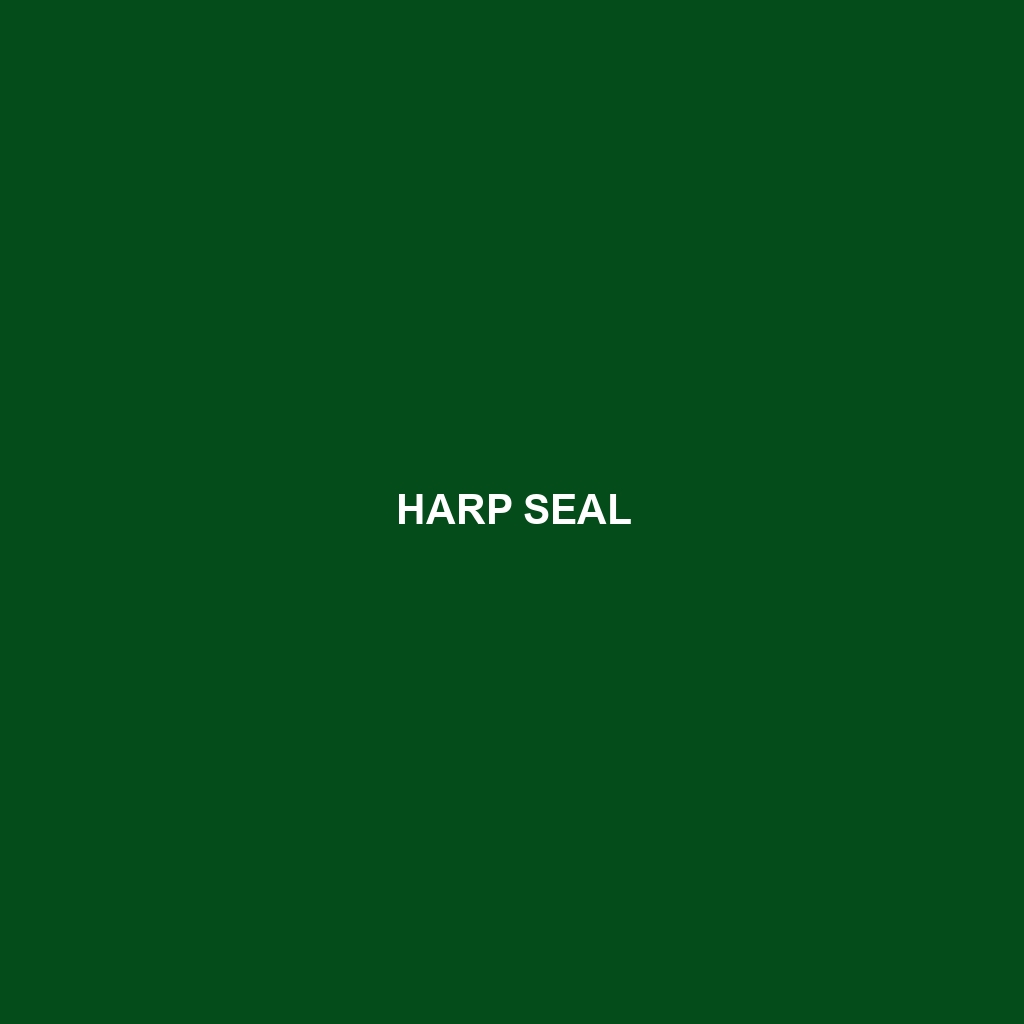Ross Seal (Scientific Name: Ommatophoca rossi)
Habitat: The Ross Seal is primarily found in the pack ice of the Southern Ocean, surrounding Antarctica. This species prefers areas with a substantial ice coverage, making habitats such as the Ross Sea, Weddell Sea, and regions near the Antarctic Peninsula ideal for their existence. The cold, icy waters of these areas are crucial for their survival, offering both breeding grounds and hunting opportunities.
Physical Characteristics: Ross Seals are one of the largest seals in the Antarctic region, measuring between 2.5 to 3.5 meters (8.2 to 11.5 feet) in length and weighing from 150 to 250 kg (330 to 550 lbs). They possess a distinctive grayish-brown coat with lighter speckles that provides camouflage against the icy landscape. Their streamlined bodies and long, narrow heads are adapted for life in the water, while their large eyes are specially designed for low-light conditions under ice.
Behavior: Ross Seals are known for their elusive and solitary nature. Typically found resting on ice floes or breathing holes, they often dive deep into the ocean to escape from potential predators. Their vocalizations, which include a series of barks and whistles, are a notable aspect of their behavior, especially during mating seasons. These seals are also known to exhibit curious behavior when approached by boats, demonstrating a level of inquisitiveness that is intriguing to researchers.
Diet: The diet of the Ross Seal largely consists of krill and fish, with a preference for icefish and squid. They hunt primarily by diving to great depths where they can find their prey in the dark waters beneath the Antarctic ice. Their feeding habits are influenced by seasonal changes, leading them to adjust their foraging strategies to ensure adequate nutrition throughout the year.
Reproduction: Ross Seals typically breed from September to December, with females giving birth to a single pup after a gestation period of about 11 months. Pups are born on the ice and remain dependent on their mothers for several weeks, during which they grow rapidly. Maternal care is crucial; mothers nurse their pups, teaching them to hunt and survive in their harsh environment before the youngsters become independent.
Conservation Status: The Ross Seal is currently classified as ‘Least Concern’ by the IUCN Red List; however, environmental changes, such as diminishing sea ice due to climate change, pose potential threats to their habitat. Thus, ongoing monitoring and conservation efforts are essential to ensure the stability of their populations.
Interesting Facts: Ross Seals are among the least studied seal species, leading to fascinating discoveries about their behavior and physiology. They possess the ability to hold their breath for over an hour, showcasing remarkable adaptations for deep-sea diving. Furthermore, their strong social bonds during breeding periods emphasize their complex social structures.
Role in Ecosystem: As a top predator in the Antarctic ecosystem, Ross Seals play a critical role in maintaining the balance within their marine habitat. They help control the populations of their prey, such as krill and fish, thereby influencing the overall structure of the food web. Their presence is also an indicator of the health of the Antarctic marine ecosystem, making them an essential species for ecological studies and conservation efforts.
